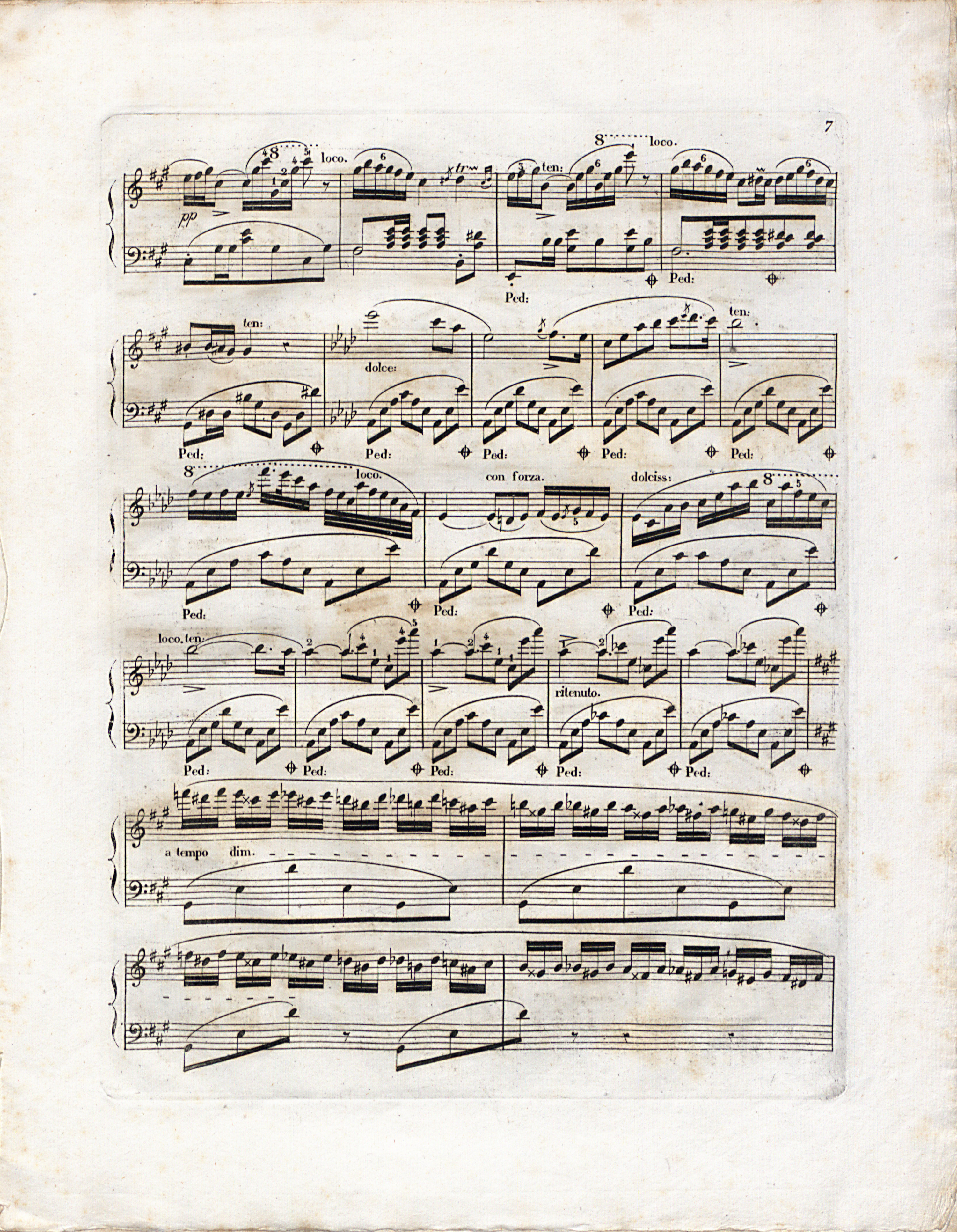



We place the semiquaver ending the bar over the last note of the triplet of the accompaniment, in accordance with the rule to which Chopin adhered his entire life. In FE (→GE→EE), the semiquaver is placed after the 3rd note of the triplet, most probably due to the unfamiliarity with the Chopinesque habit – the Bolero is the first (and only) piece by Chopin issued by this French publisher. Similarly, in bar 163.
Compare the passage in the sources »
category imprint: Interpretations within context; Editorial revisions
issues: Inaccuracies in FE
notation: Rhythm



